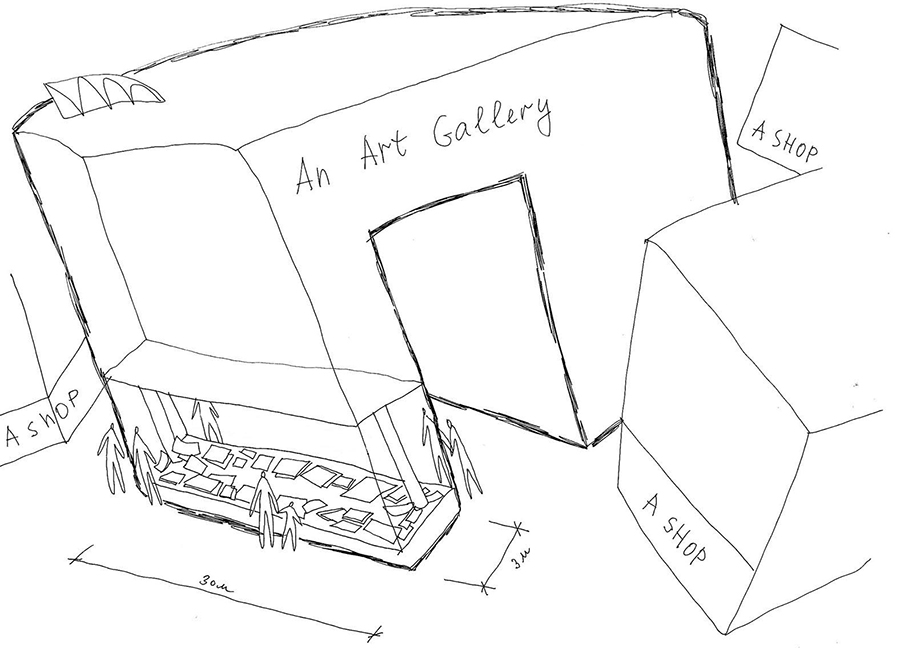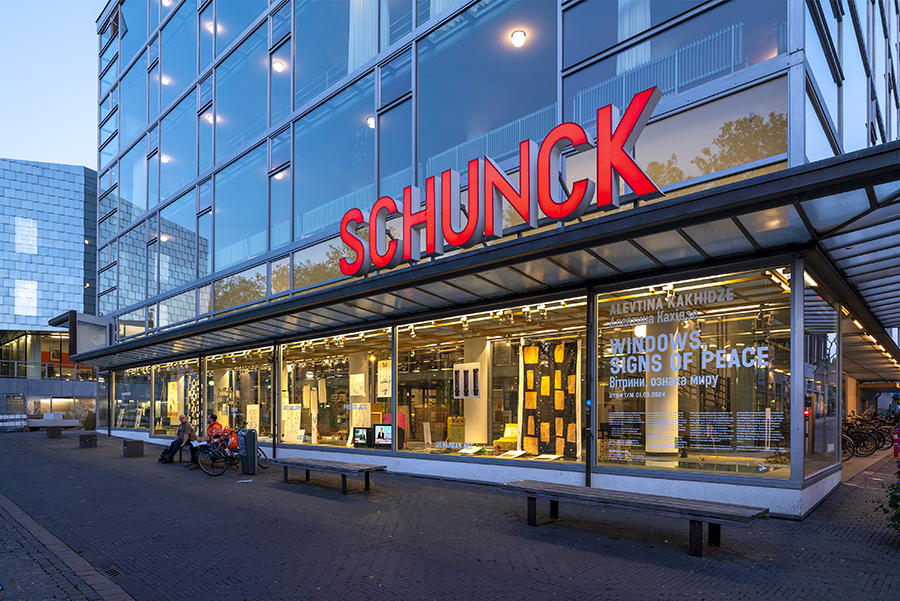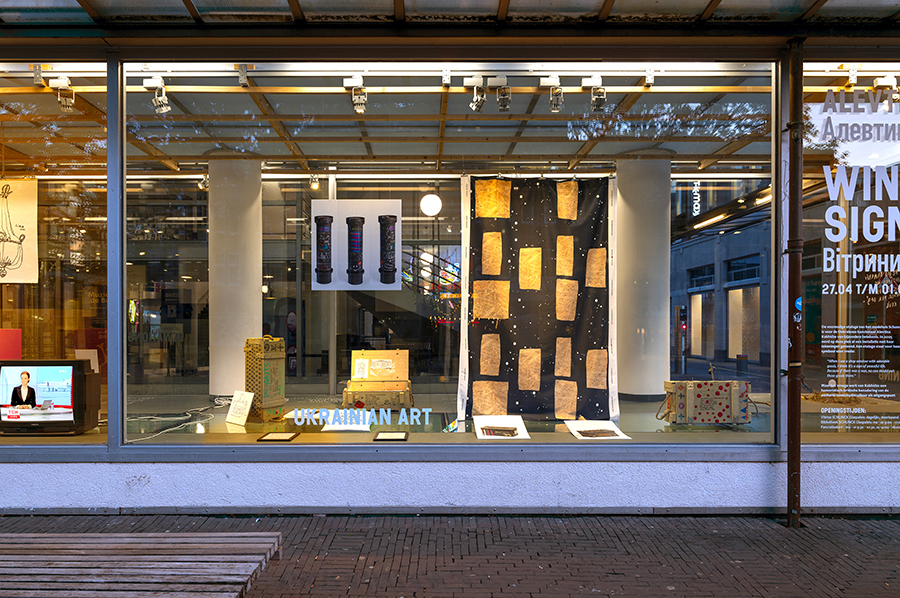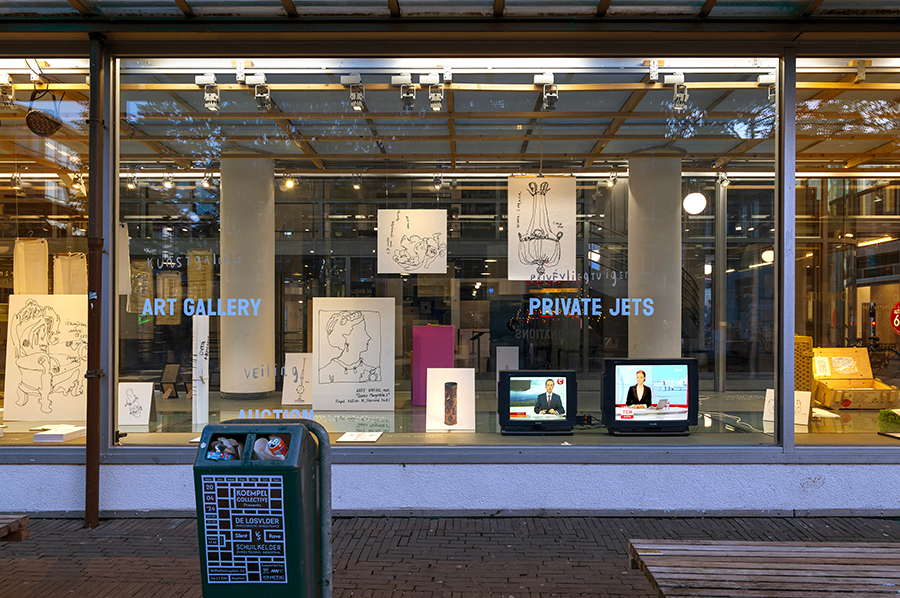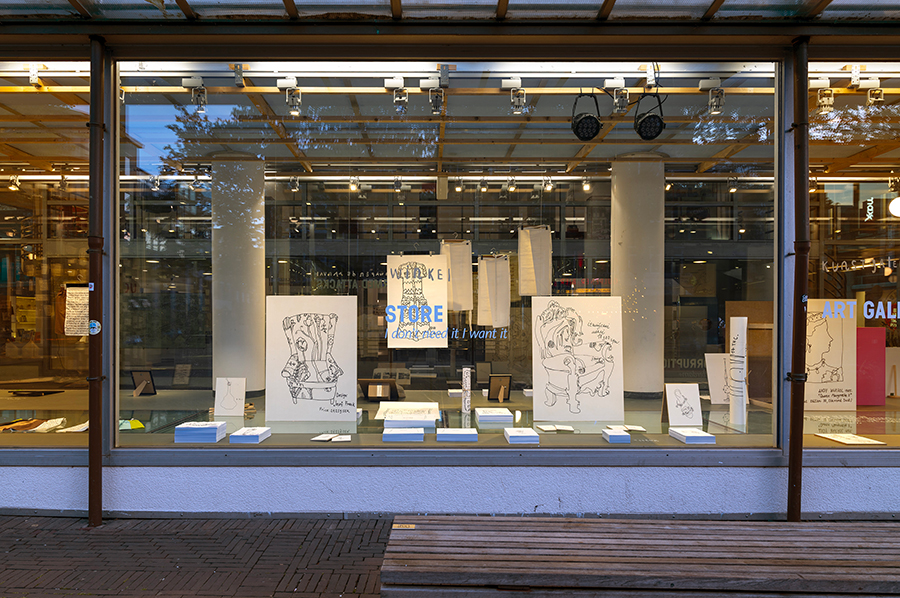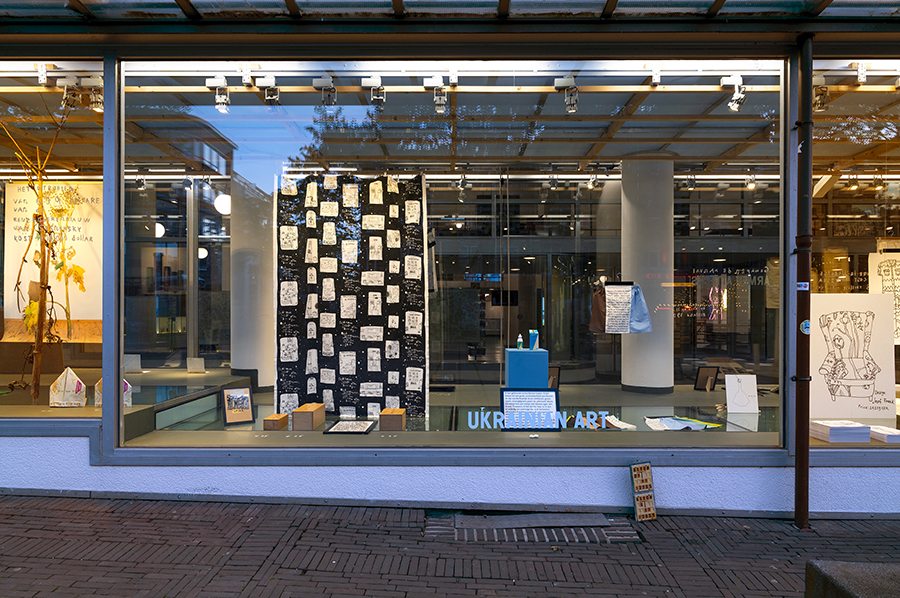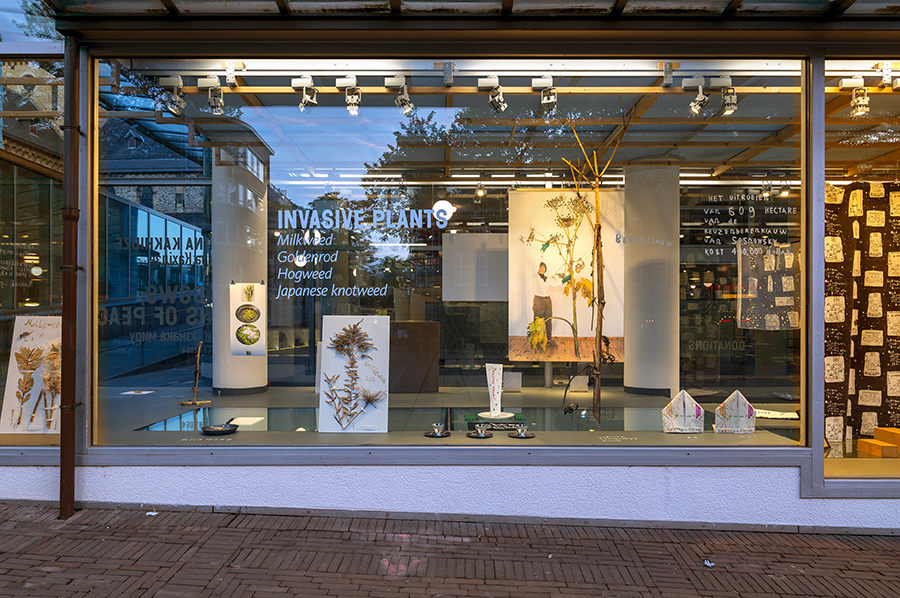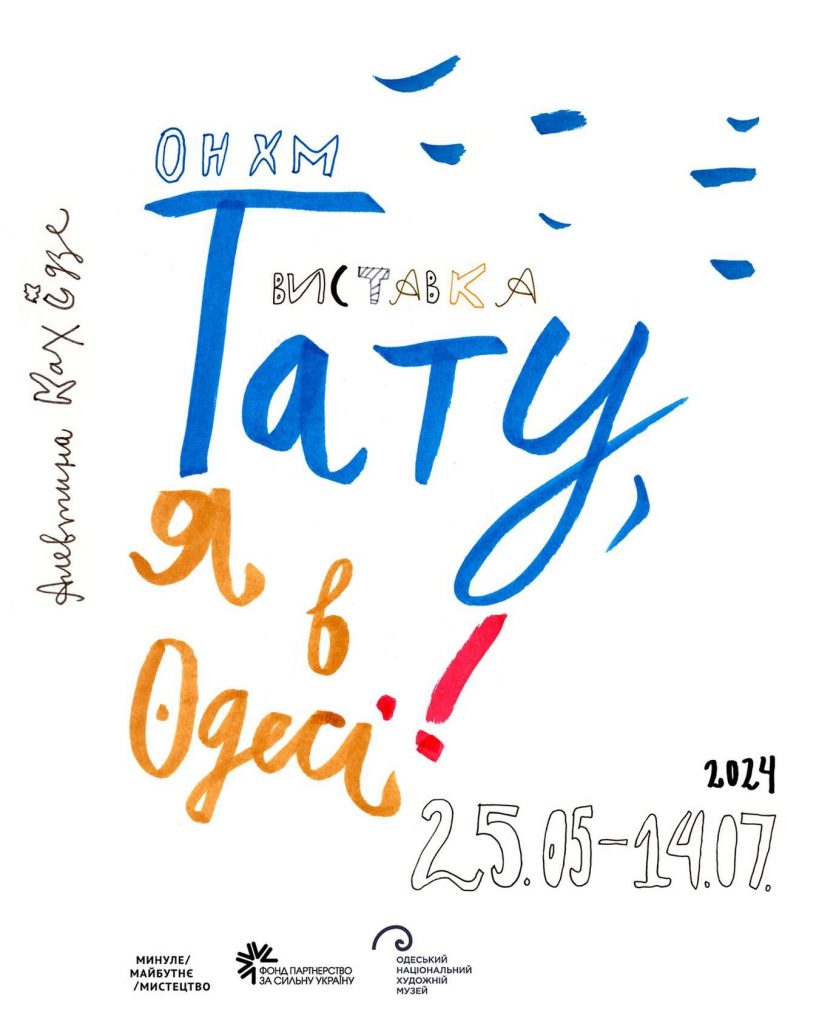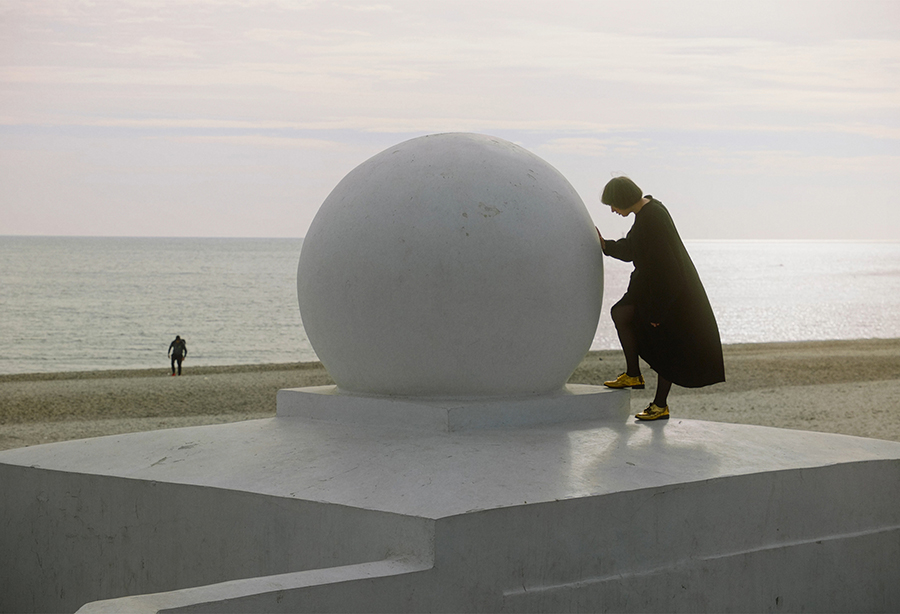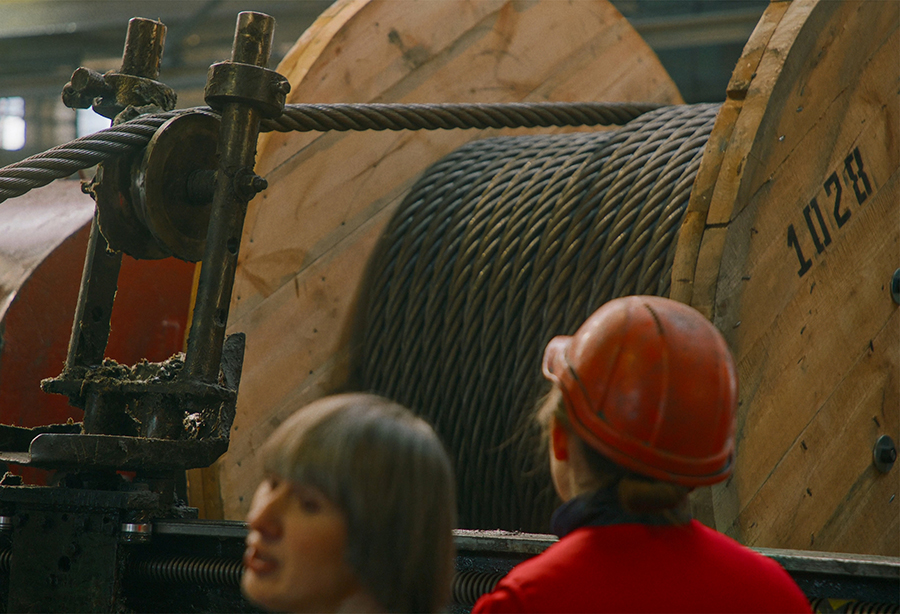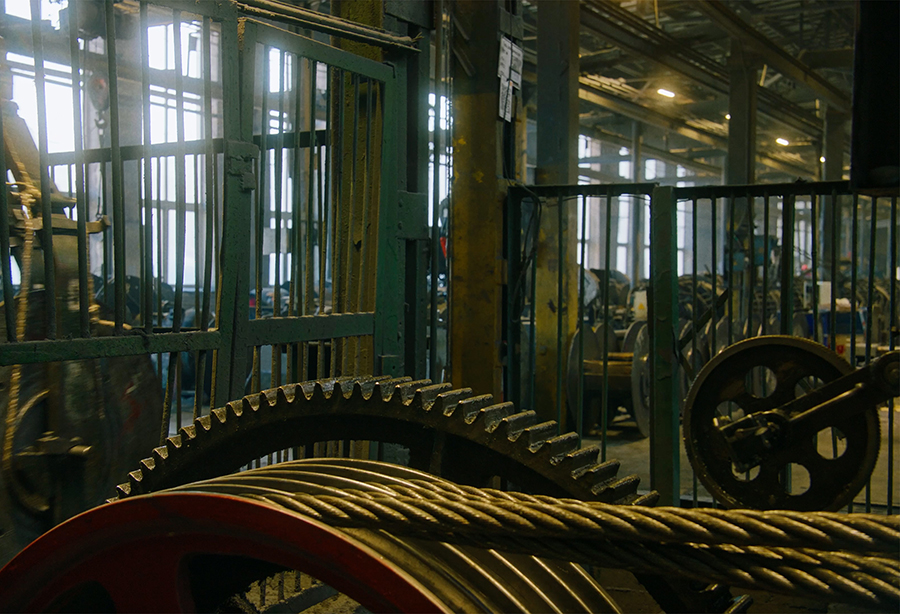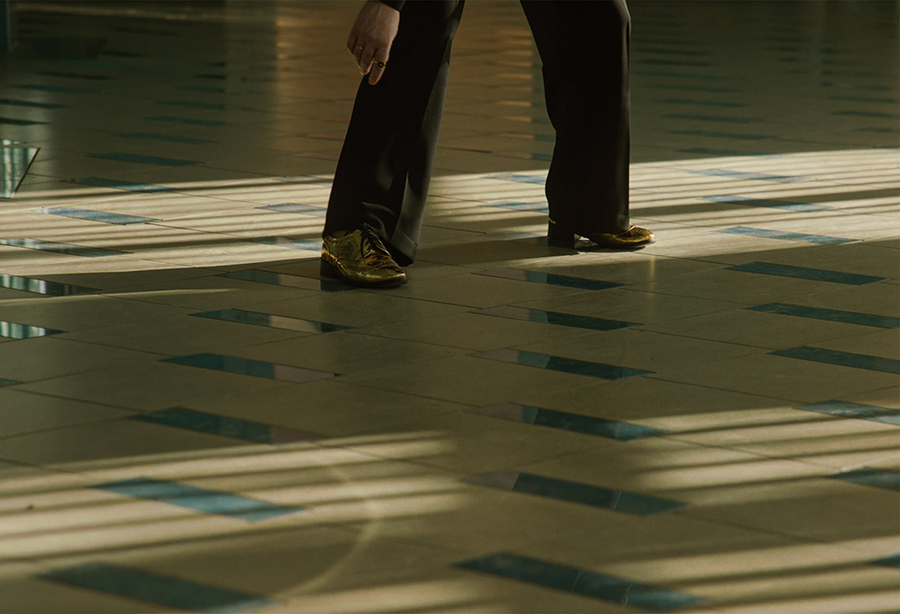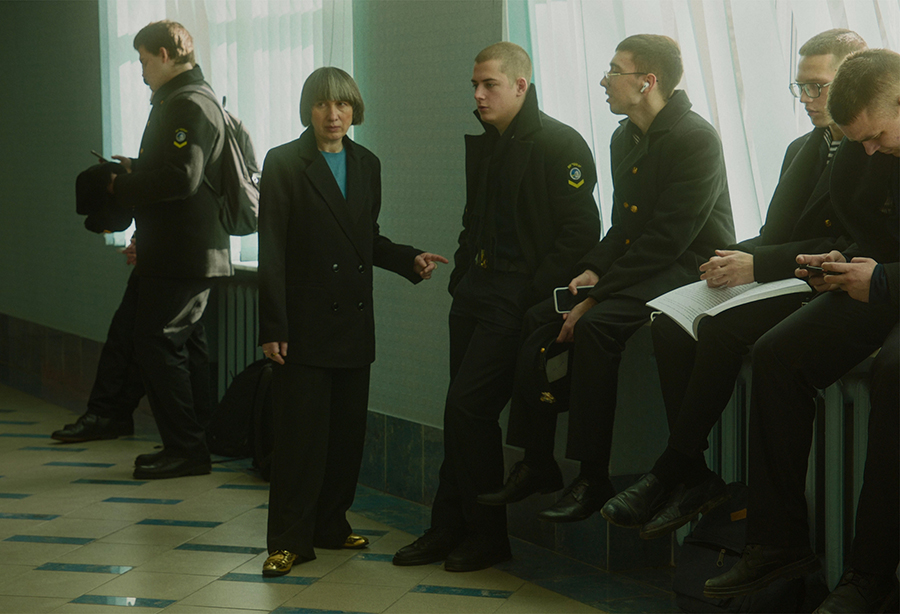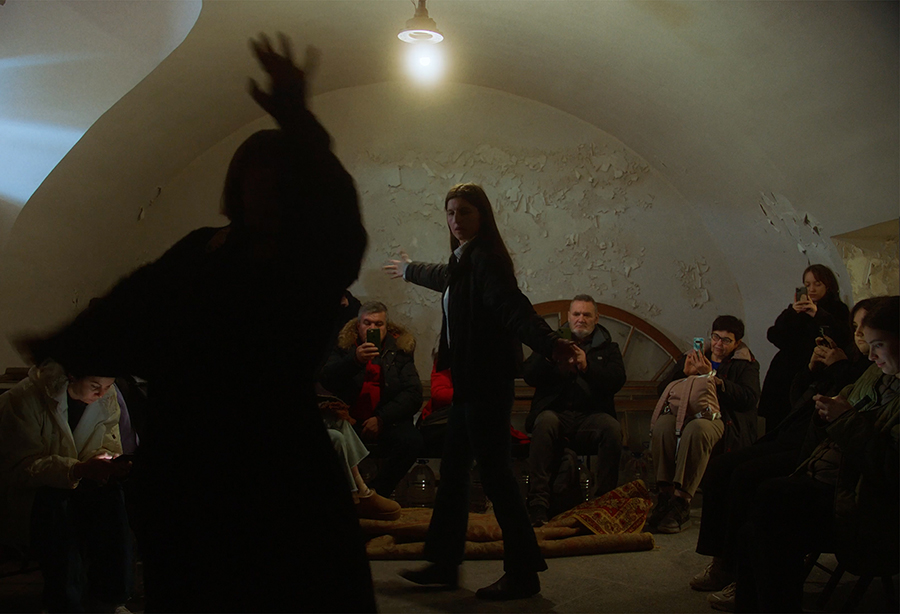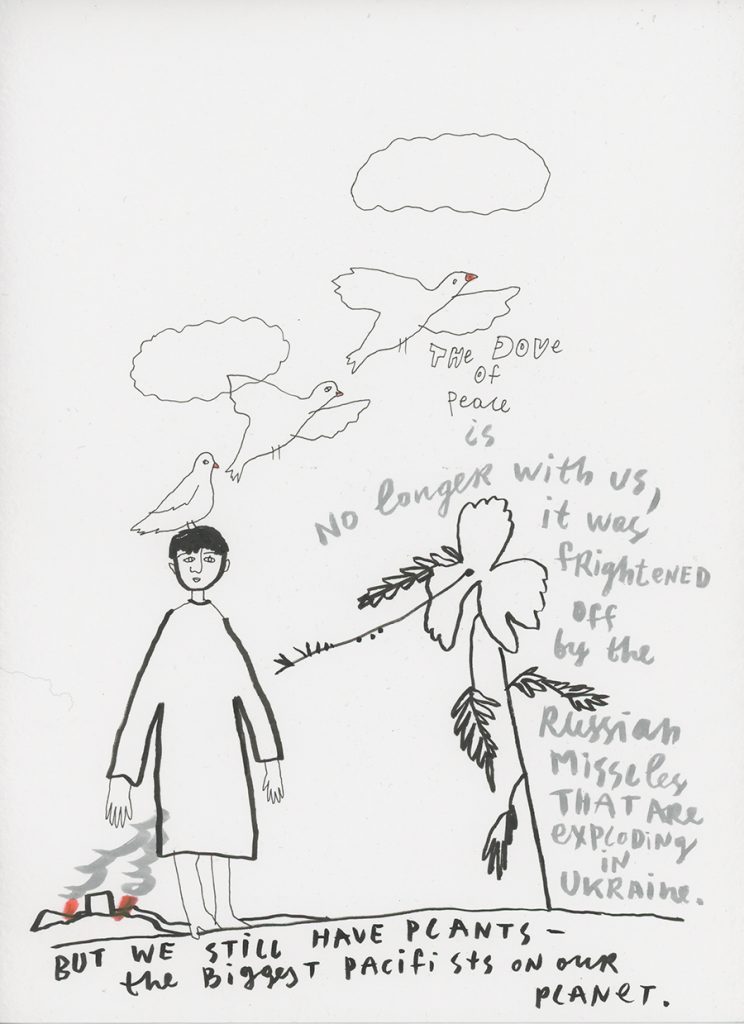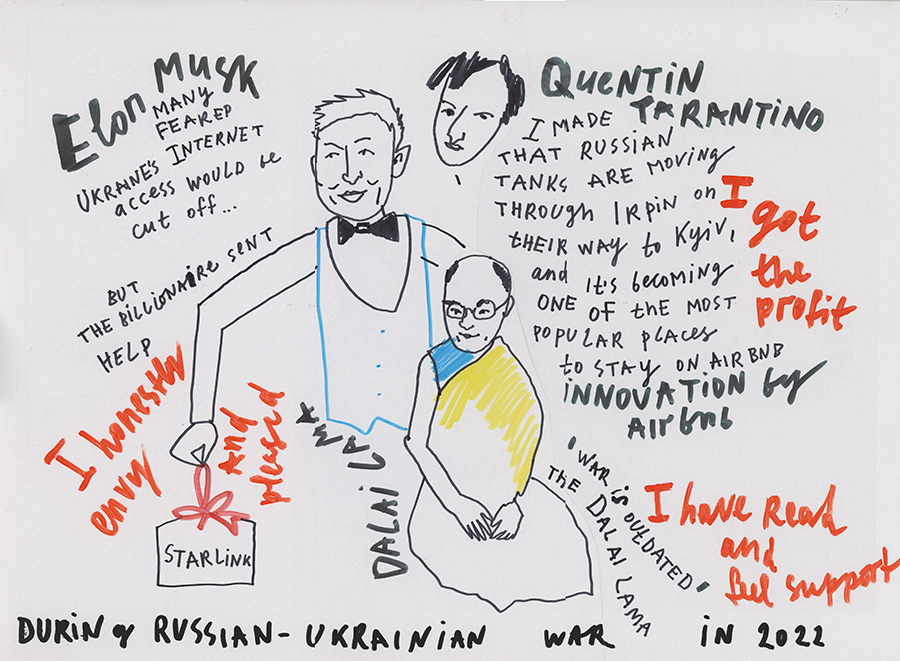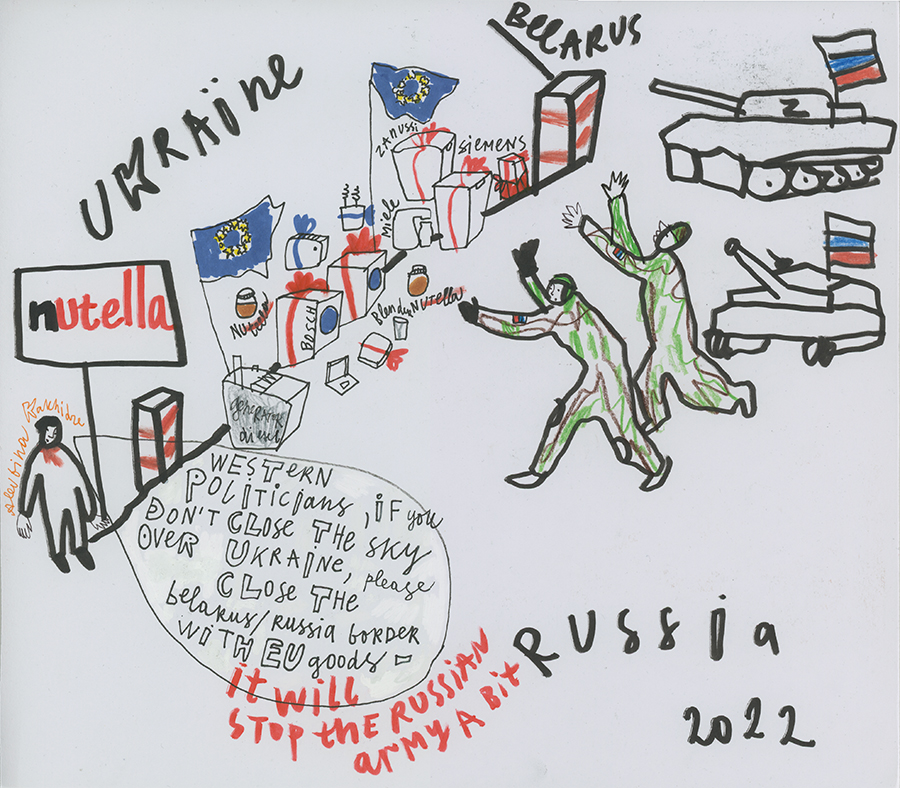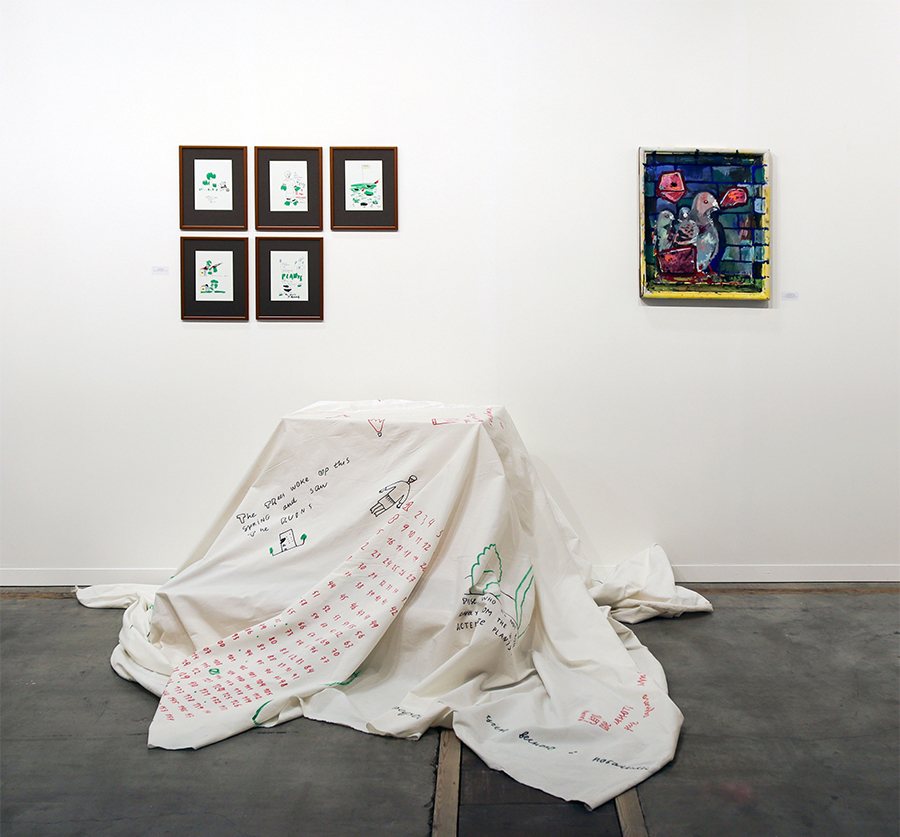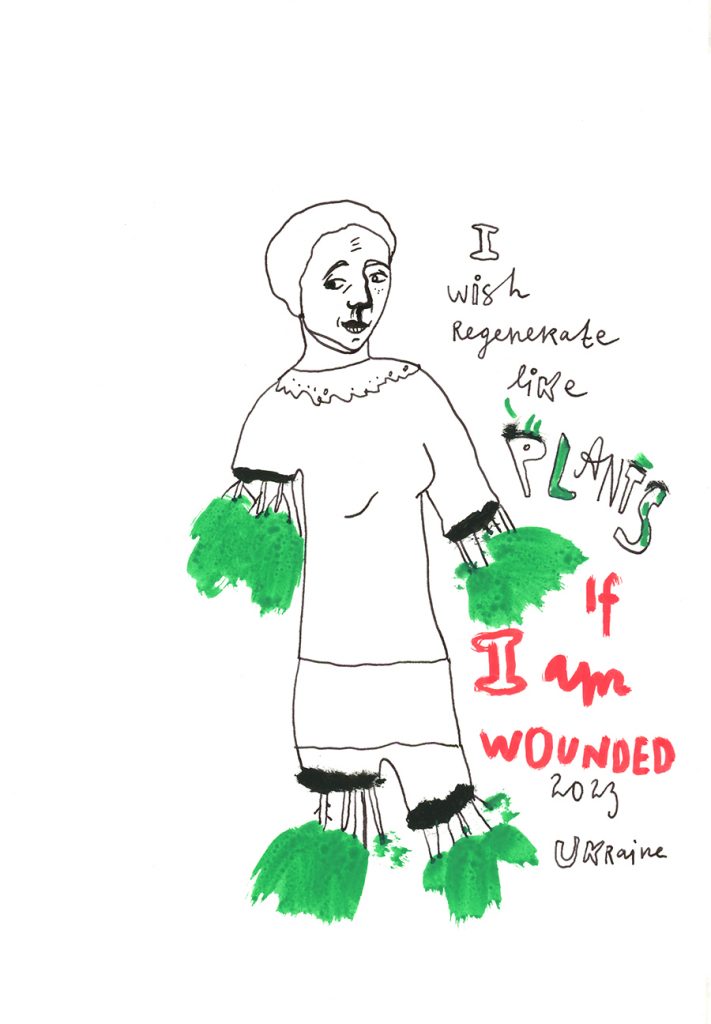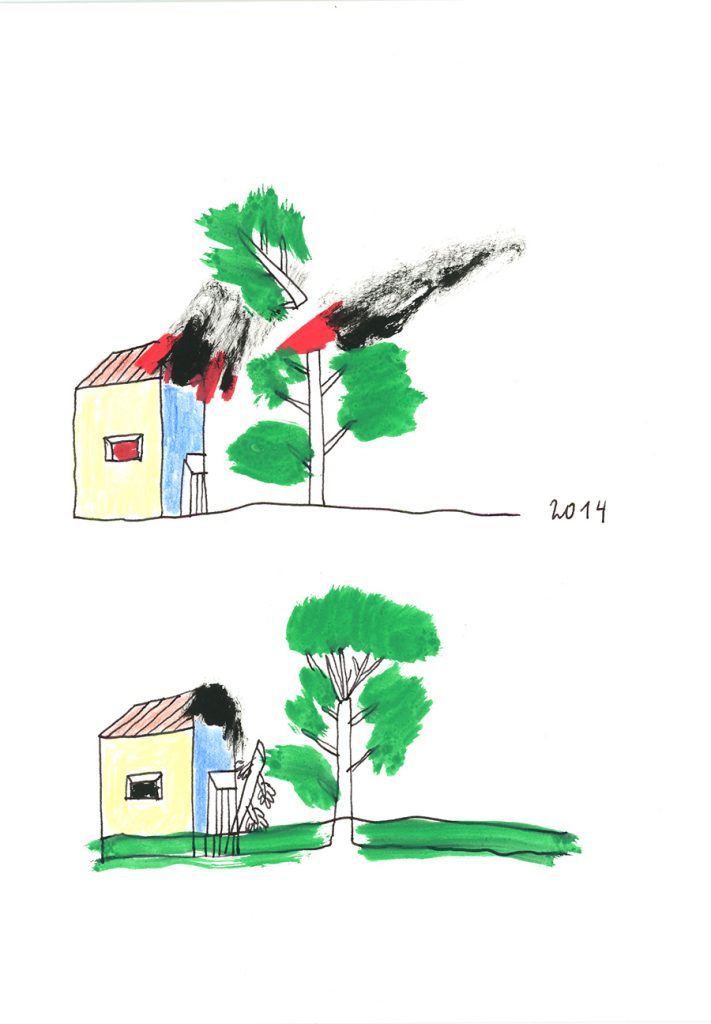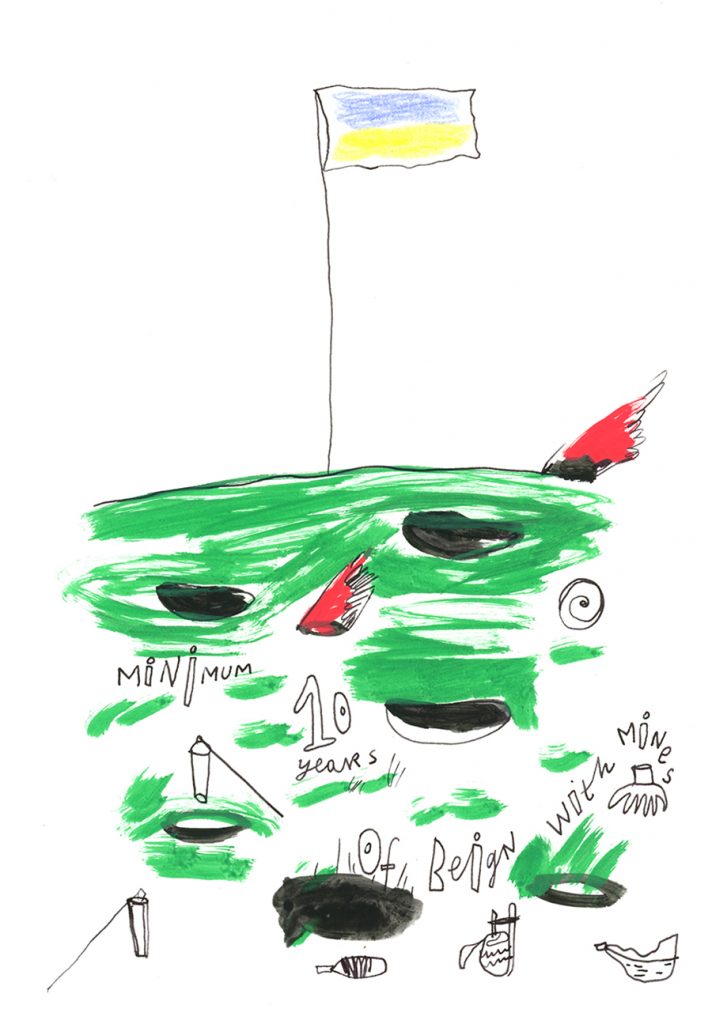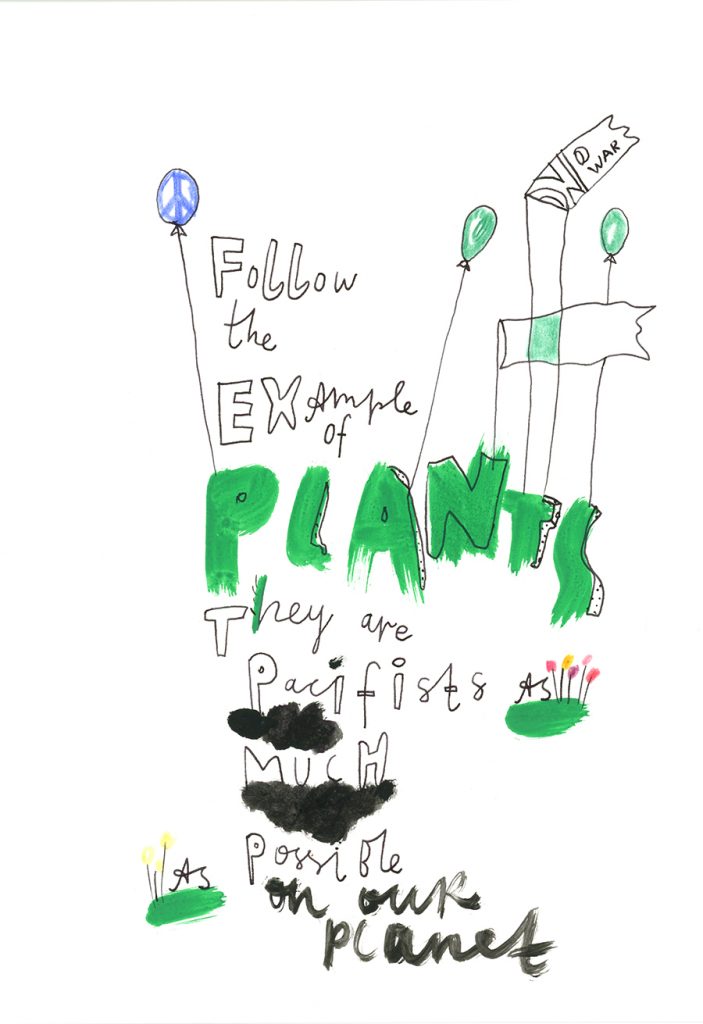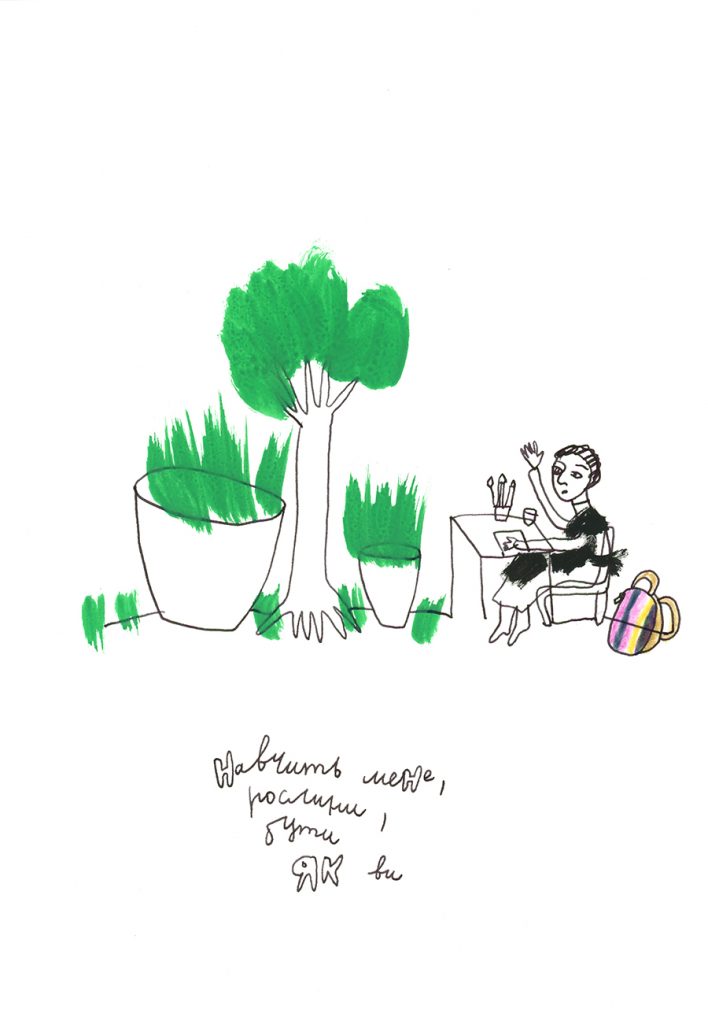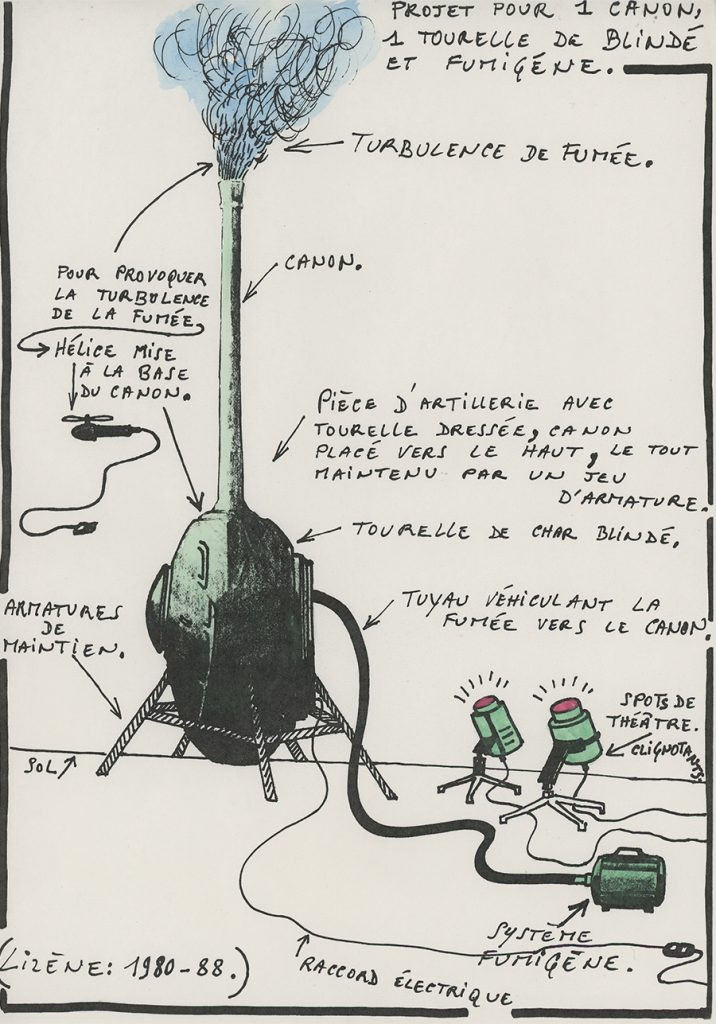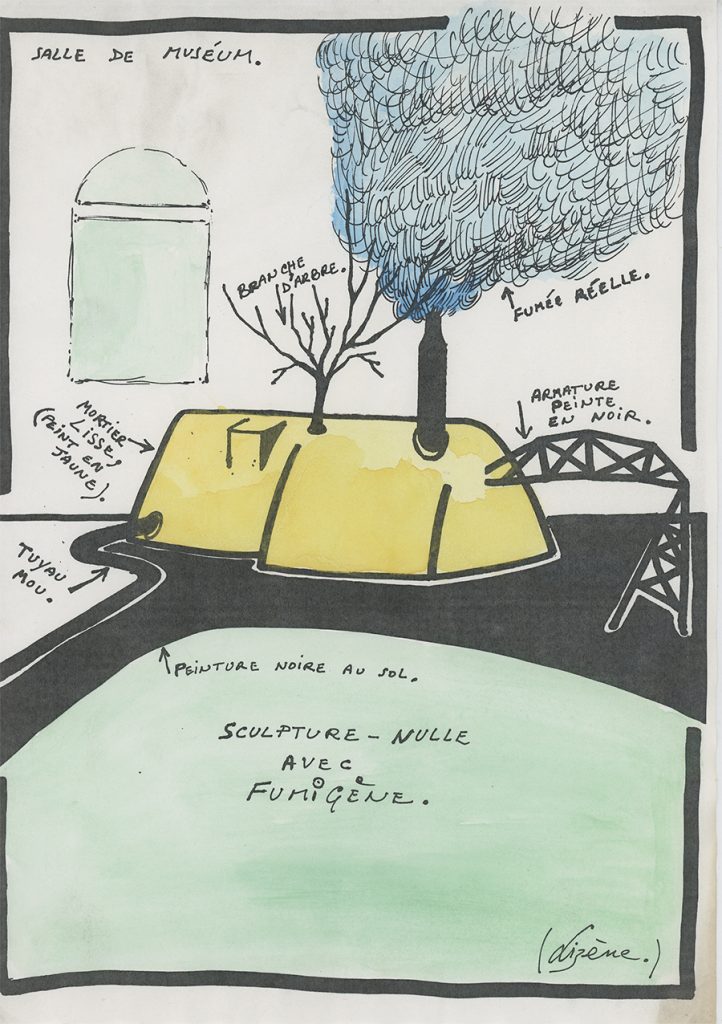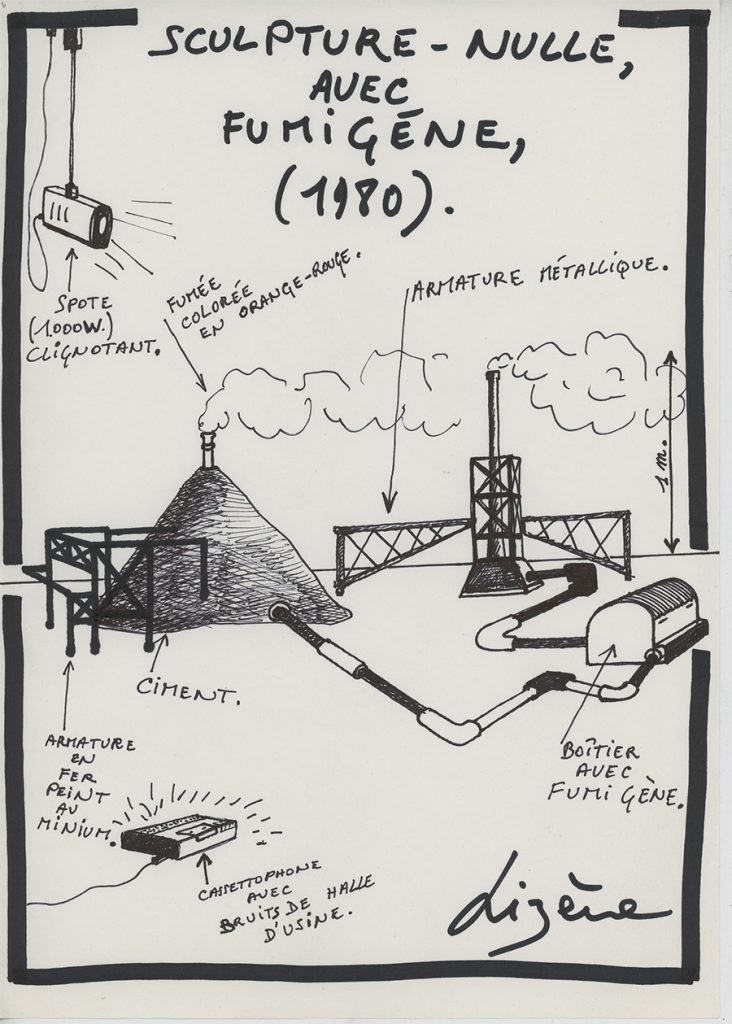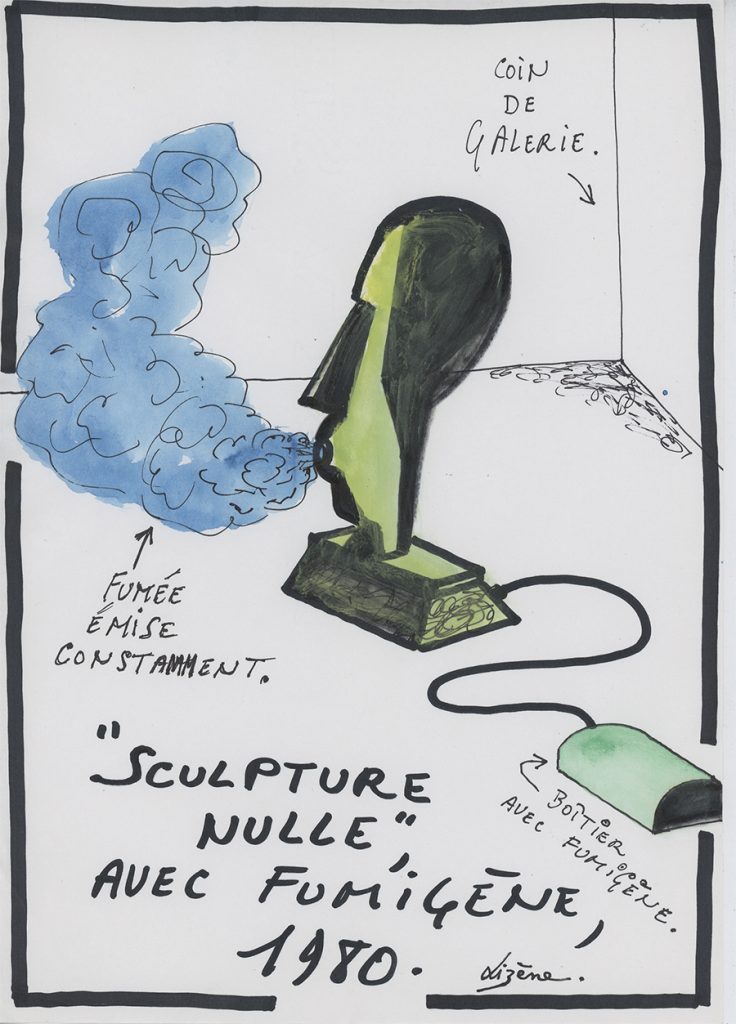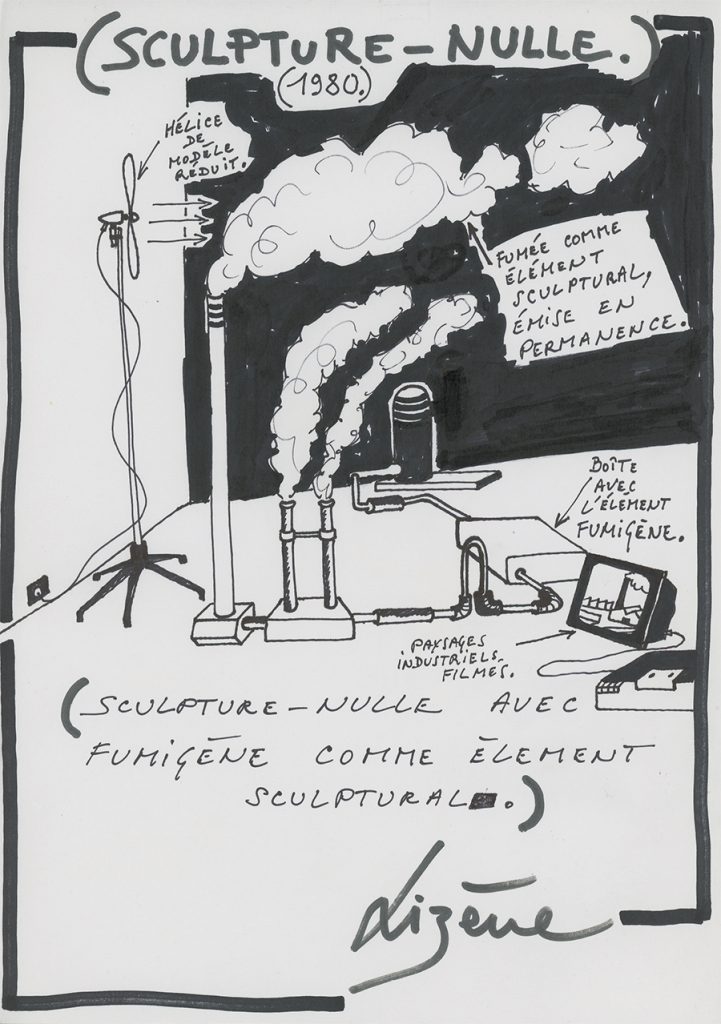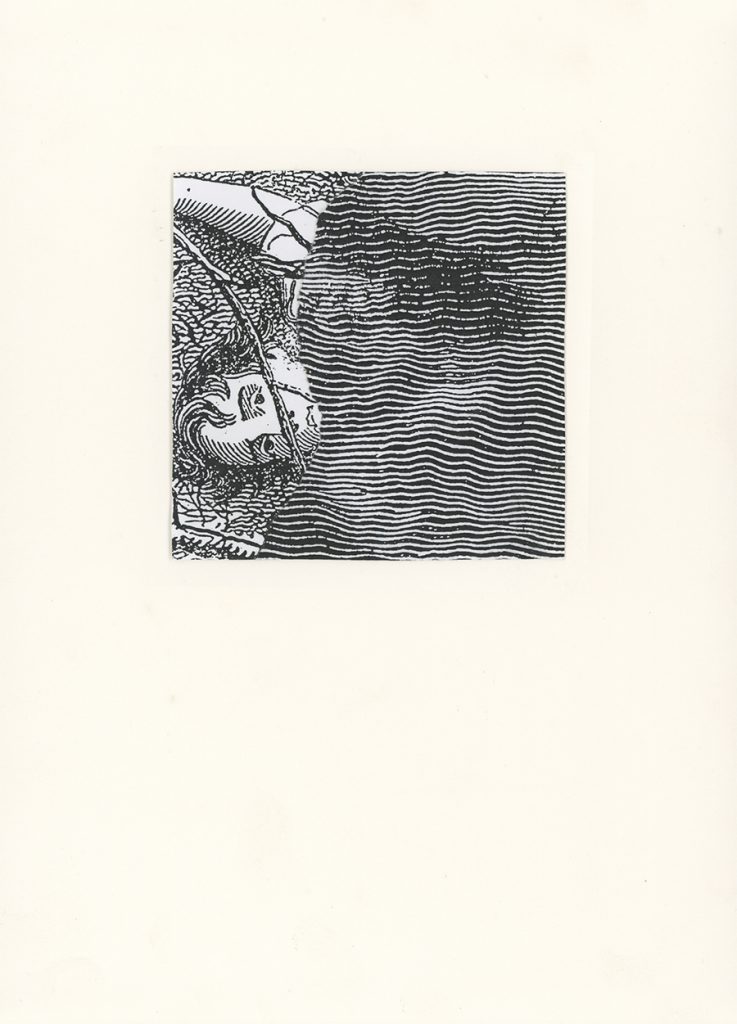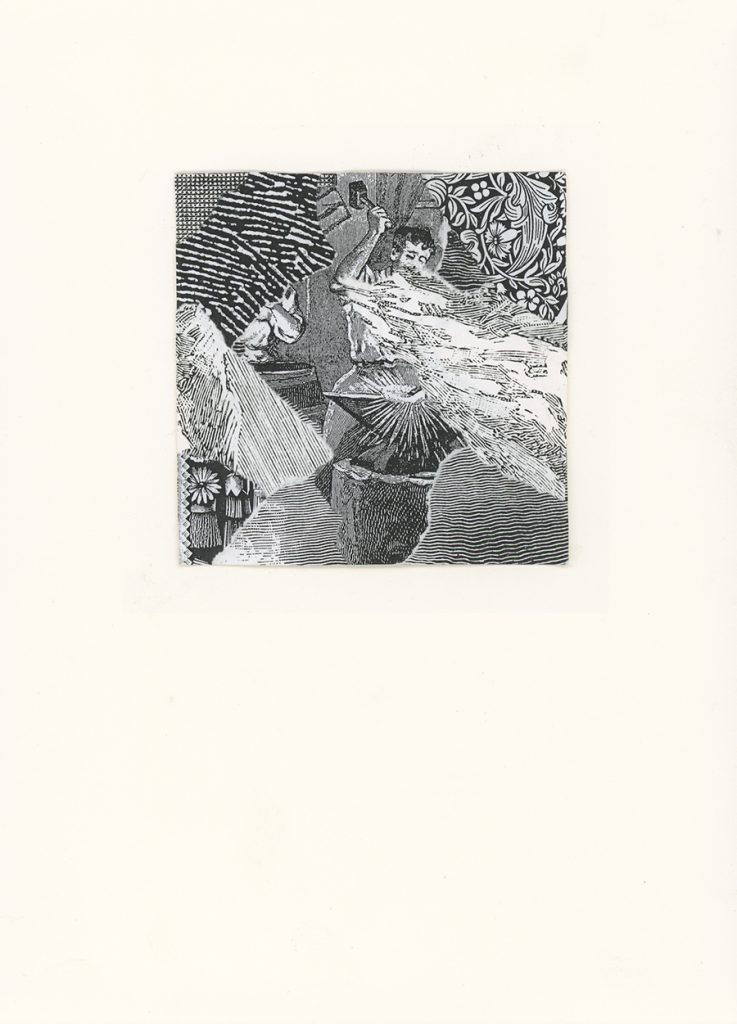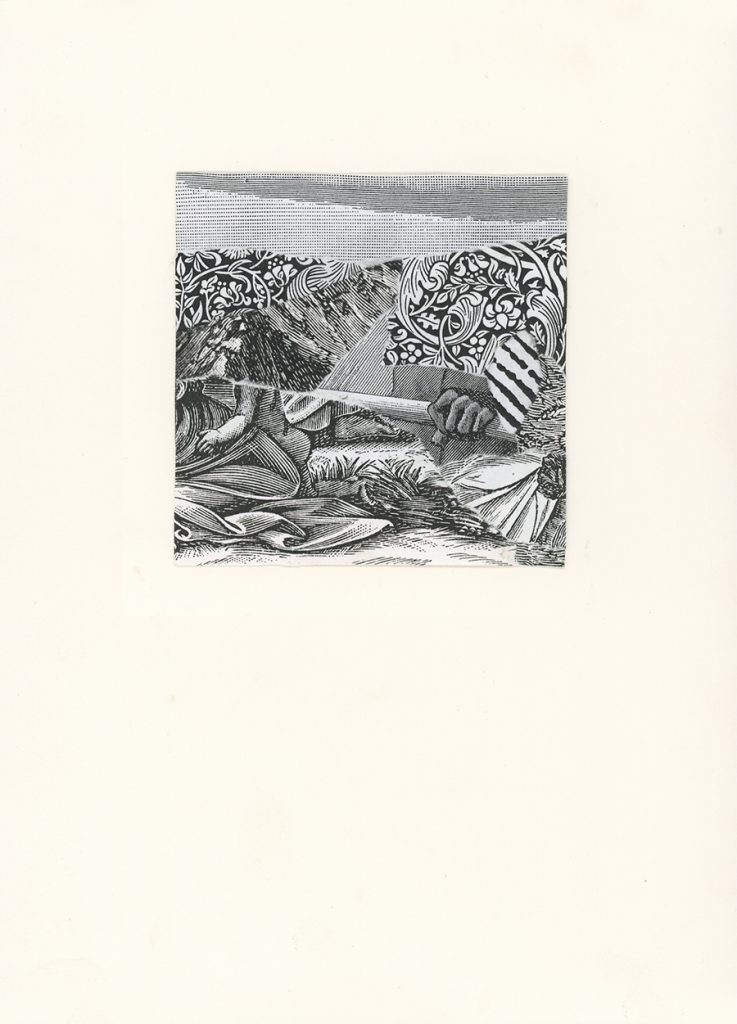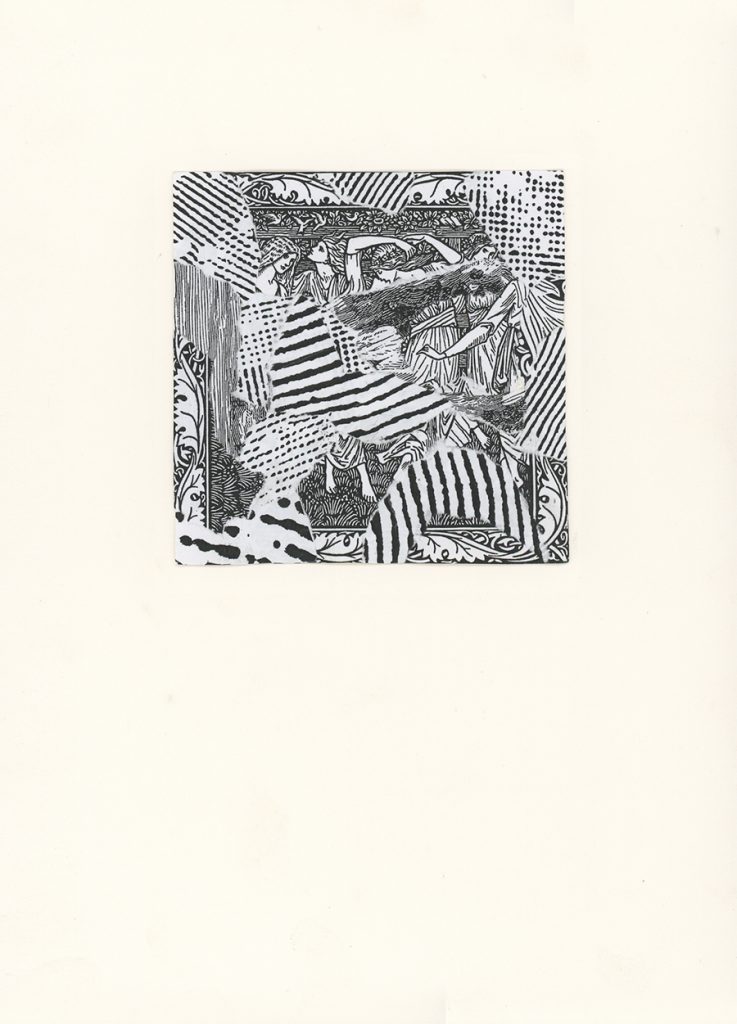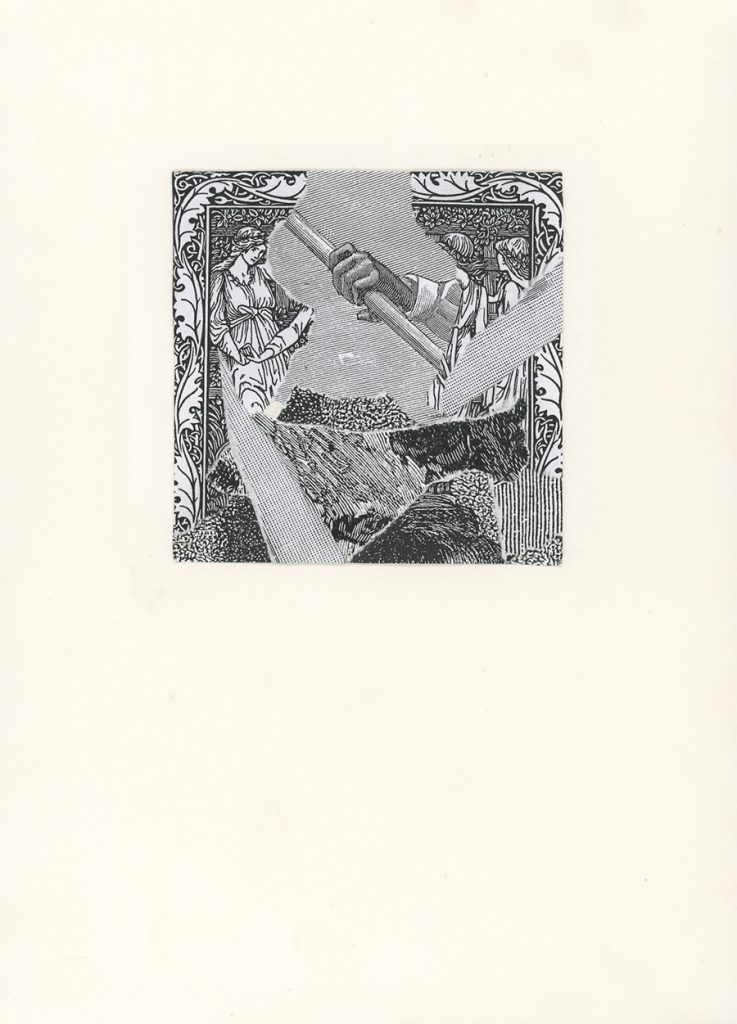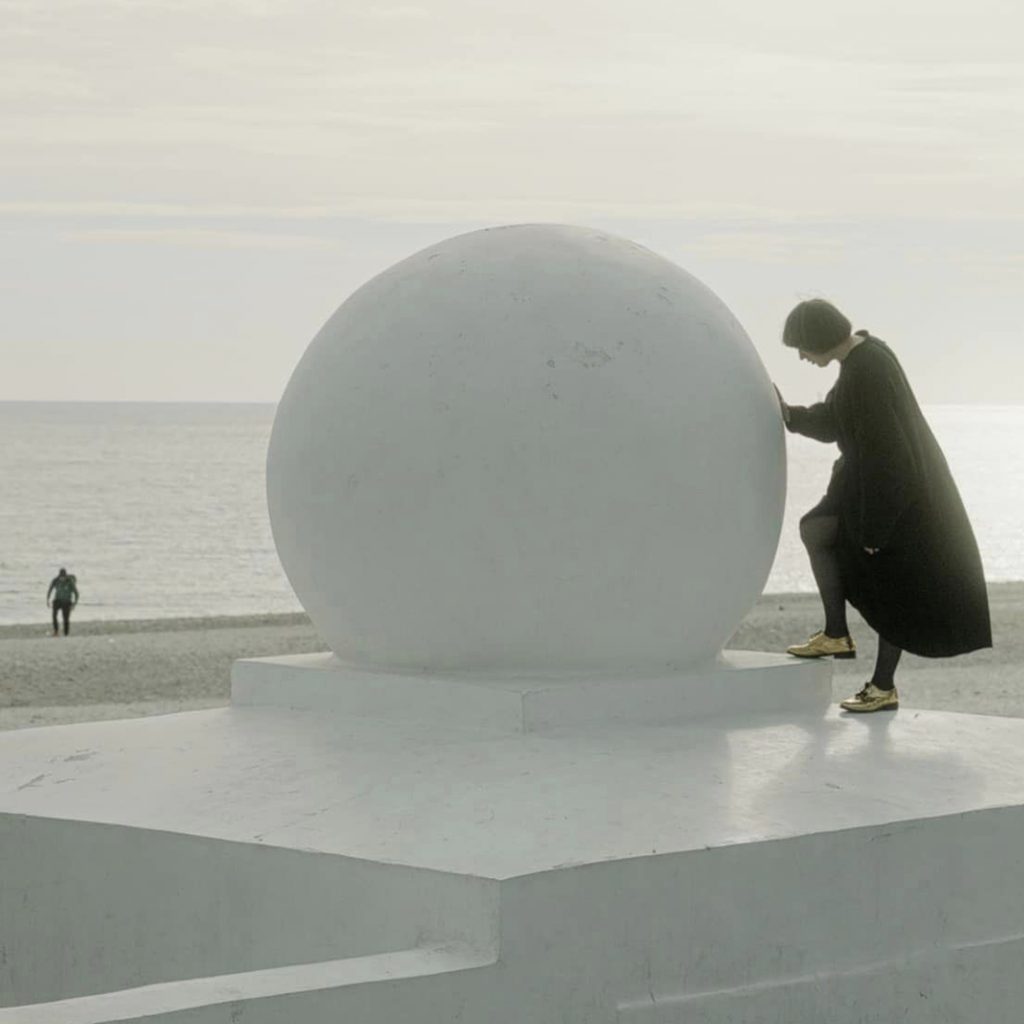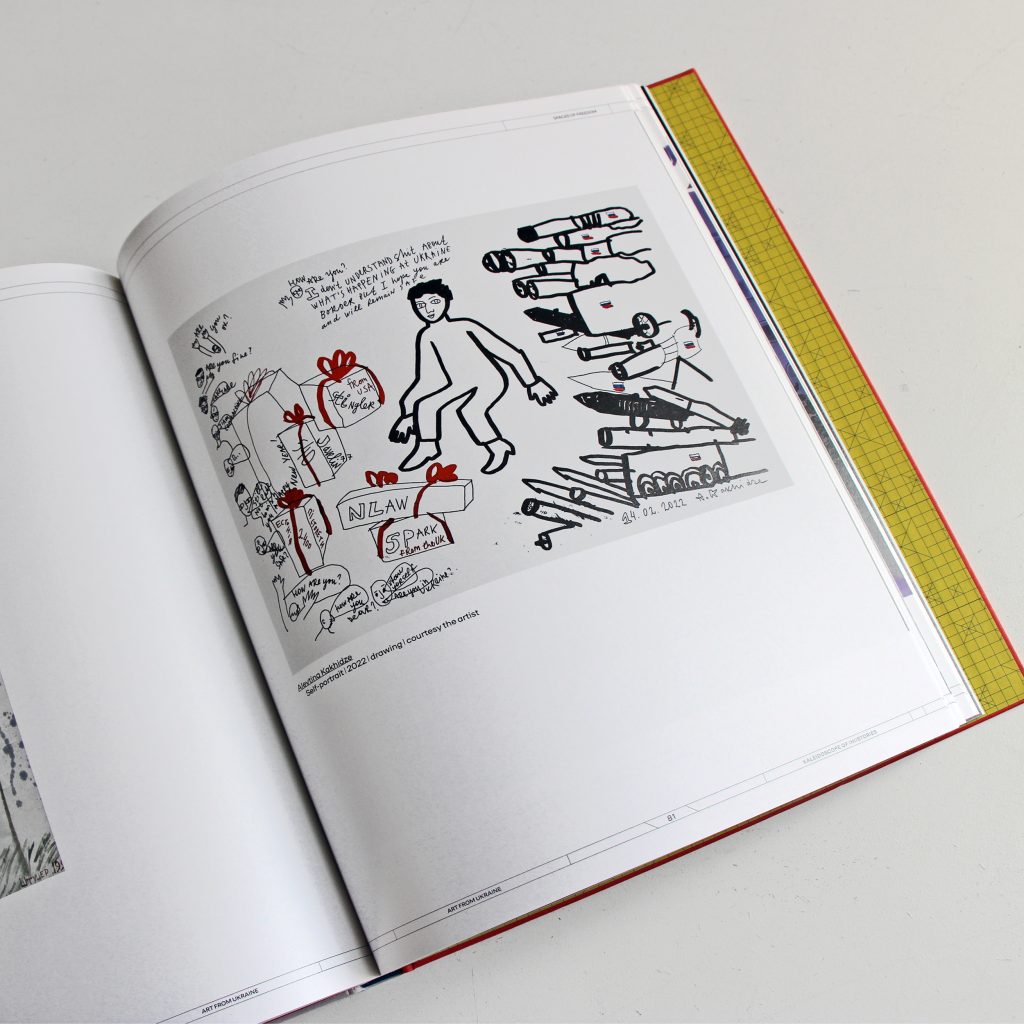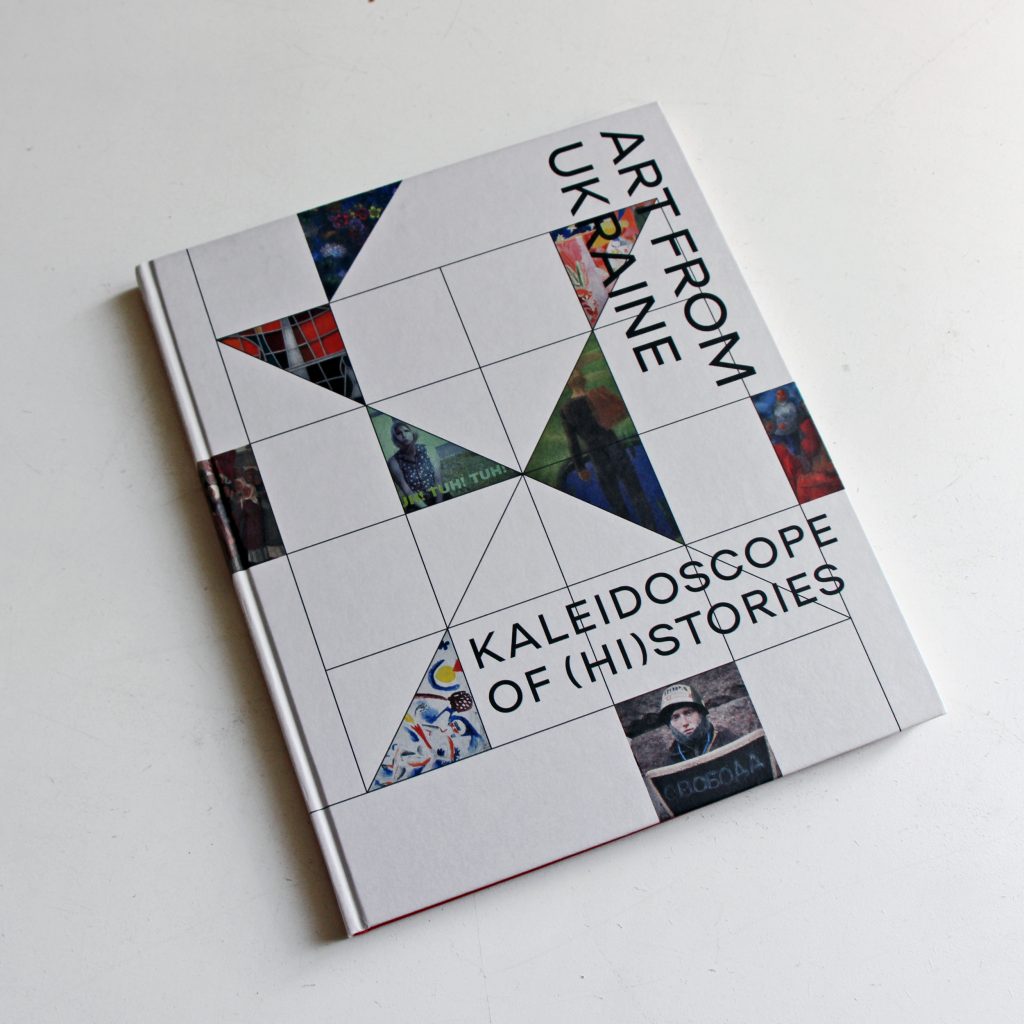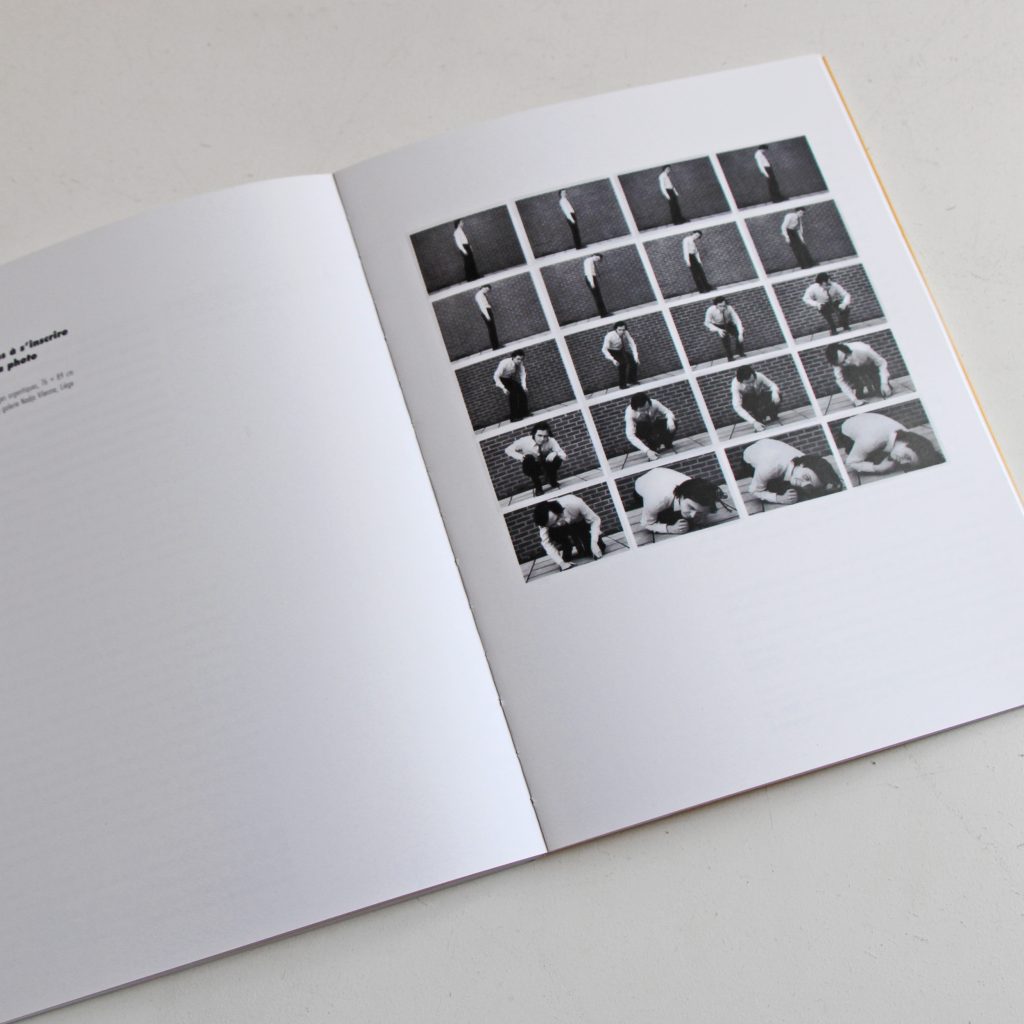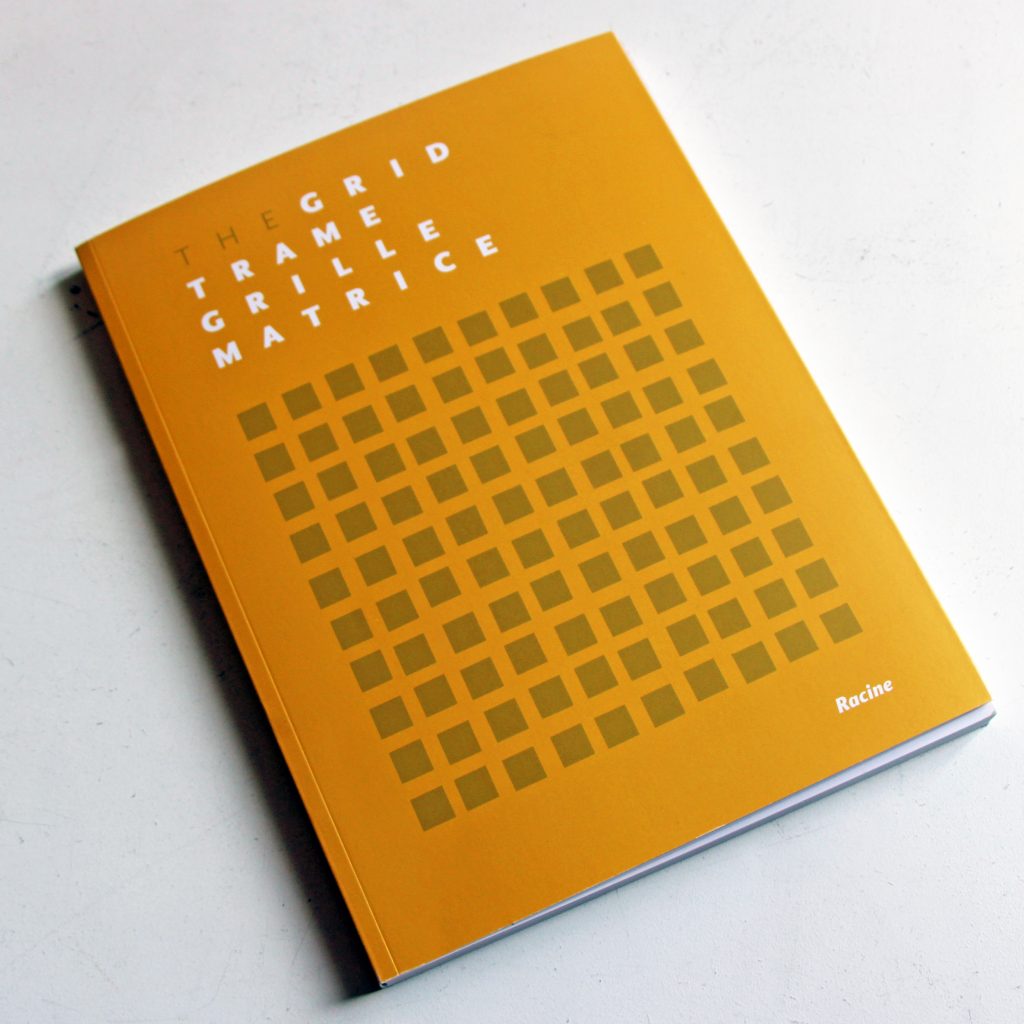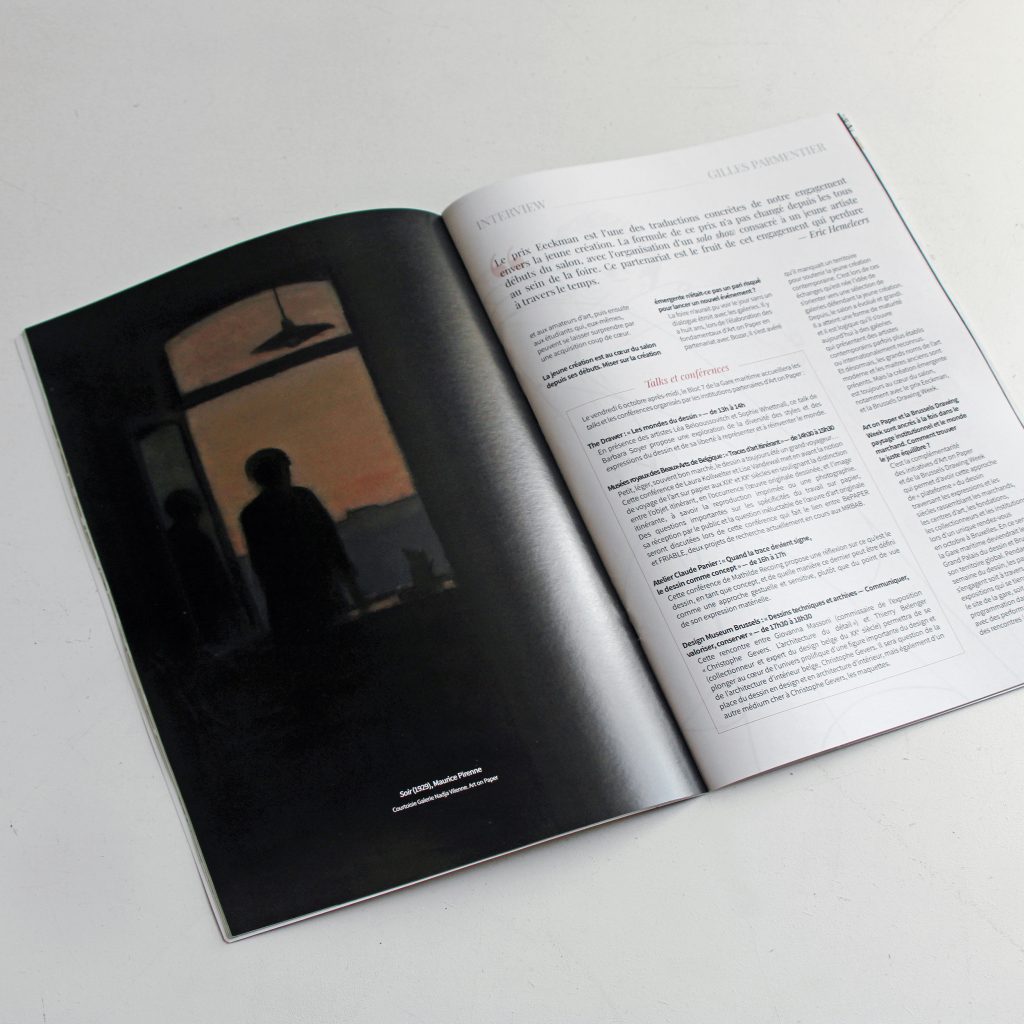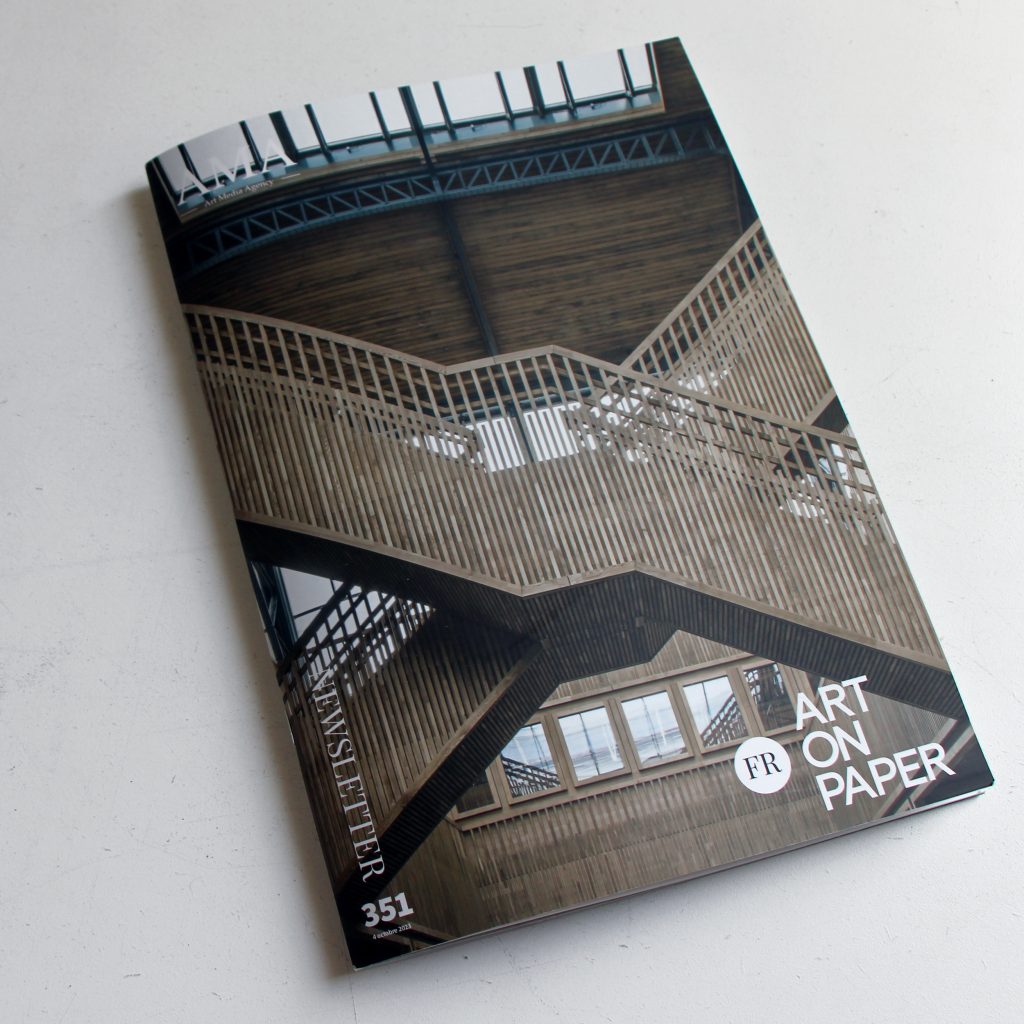
Alevtina Kakhidze est retournée à Odessa au début de cette année 2024 afin d’y réaliser un film qu’elle se propose de montrer à Malte où elle occupera le pavillon national ukrainien de la toute jeune biennale d’art contemporain. Son synopsis prévoit de filmer dans deux lieux patrimoniaux qui, actuellement encore, ont échappé aux drones et aux bombes : une ancienne câblerie de la ville portuaire ainsi que l’Académie navale. Distinguant ces deux lieux singuliers, elle part en fait, en quête de ses parents, tous deux décédés. C’est là, à Odessa, qu’ils se sont rencontrés et qu’ils se sont aimés. Son père, de nationalité géorgienne, fut cadet de la prestigieuse école navale. Sa mère, originaire de Donetsk, animée par le seul désir de vivre en bord de mer, a décroché un emploi dans cette corderie, seule façon d’obtenir laPropiska, ce document autorisant à se déplacer dans l’ancien empire soviétique. Réalisatrice et actrice du film, Alevtina Kakhidze investit les lieux, évoque ses parents, les interpelle, se questionne et s’inquiète, fulmine même, danse dans un abri souterrain, colle sous les semelles de ses chaussures dorées quelques billets de banque – souvenir d’une anecdote racontée par son père – et finit par brûler un billet qui, sur sa face, représente le Kremlin. Impeccablement cadré par son ami Roman Khimei, le film accompagne, à Malte, une installation de notes, dessins et photographies : au travers du miroir de l’histoire de sa famille, l’artiste analyse comment un empire a ruiné la vie de plusieurs générations et comment son influence, bien que parfois inaperçue, finit par se manifester.
Ce pacte autobiographique, ce réel vécu, incarné et narré, constitue l’assise de l’ensemble de l’œuvre de l’artiste. Alevtina Kakhidze a hérité de son père un patronyme géorgien. Elle-même est née dans le Donbass. Elle y a été élevée dans la culture russe, dans son incarnation soviétique. Sa famille est le reflet de la politique de russification : alors que sa grand-mère parle ukrainien, sa mère parle russe et élève ses enfants dans cette langue. Cette identité culturelle complexe qu’elle revendique comprend des éléments des mentalités ukrainienne, géorgienne mais aussi ouest-européenne, car si elle vit depuis 2007 à Muzychi, non loin de Kyiv, Alevtina a aussi résidé deux ans à Maastricht, étudiant à la Van Eyck Academie en 2004-2006….












